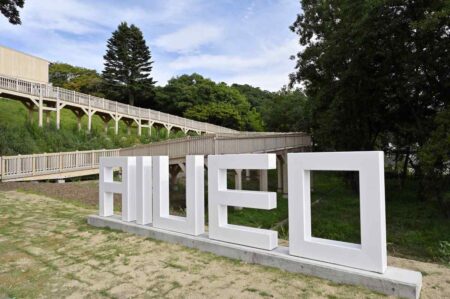
The entrance to Bansyouen Aiueo no Mori.
14:40 JST, October 9, 2025

Bansyouen Aiueo no Mori, a new park in the historic Yamashiro Onsen hot spring resort town in Kaga, Ishikawa Prefecture, opened on Aug. 30.
Yamashiro Onsen this year marked 1,300 years since its establishment.
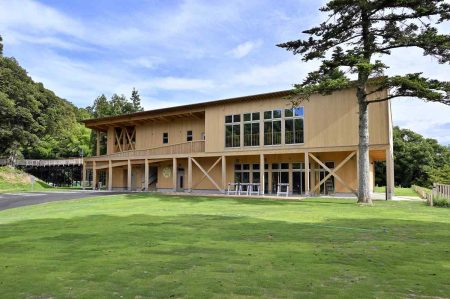
The two-story, wooden Aiueo Gakusha building
The park covers a section of satoyama countryside landscape that locals have cherished for generations. It was named after the traditional ordering system for the Japanese syllabary, which begins with a-i-u-e-o and is associated with Yamashiro. The original syllabary was said to have been created by Myogaku Shonin, the head priest of Yakuoin Onsenji temple who lived in the Yamashiro area in the late Heian period (794-late 12th century).
The park’s central facility is the Aiueo Gakusha, which contains a cafe, children’s play area, gallery and more.
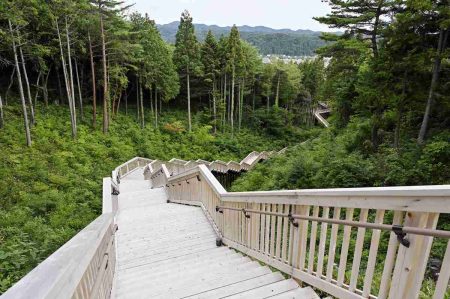
These steps at Bansyouen Aiueo no Mori are made of hinoki cypress.
A boardwalk and series of steps leads to an observation deck that commands stunning views of the hot spring resort and the mountains lining the border of Ishikawa and Fukui prefectures. Artificial mist is used to create an atmospheric “sea of clouds.”
There are cottages and an RV camping area for those who want a longer stay at the park.
Myojoji temple in Hakui, Ishikawa Prefecture, was founded in 1294 and is the head temple for the Buddhist Nichiren sect. The temple has deep ties to the Maeda family, which were the rulers of the Kaga domain.
Many of the temple’s existing structures were built during the rule of the first five generations of the Maeda family. None have been destroyed by fire or natural disasters, and the temple is a rarity for its abundance of buildings that have survived since the early and middle stages of the Edo period (1603-1867).
Ten of the temple’s structures have been designated as national important cultural properties, including the Soshido hall, main hall and the only five-storied wooden pagoda in the Hokuriku region.
The leaves of maple and other trees on the temple grounds change color throughout November, adding to the charming atmosphere.
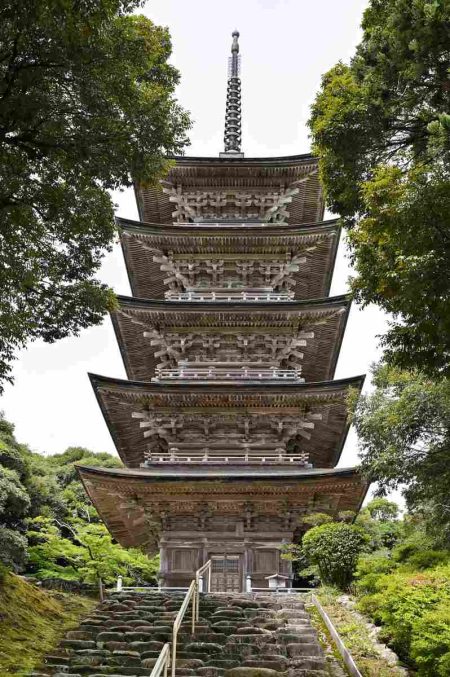
The five-story pagoda is a symbol of the temple.
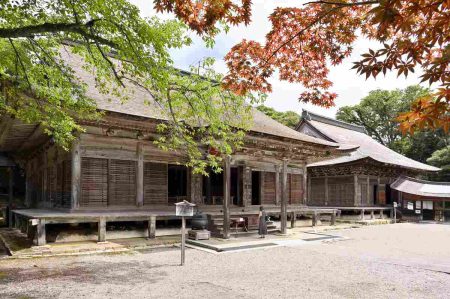
Myojoji temple’s main hall was built in the early days of the Edo period.
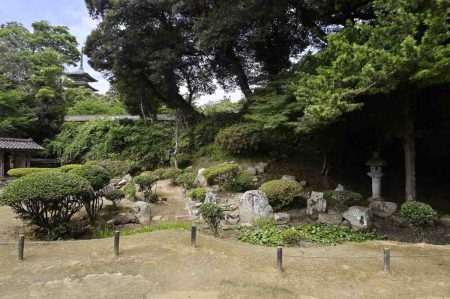
The garden built in front of Myojoji temple’s shoin study hall
There are no opening and closing times for Bansyouen Aiueo no Mori. Aiueo Gakusha is open from 9 a.m. to 5 p.m. but is closed on Tuesdays. The cafe is open from 10 a.m. to 4 p.m. The park is a 10-minute taxi ride from Kagaonsen Station on the Hokuriku Shinkansen line, and about 8 kilometers from the Kaga Interchange on the Hokuriku Expressway.
Myojoji temple is open daily from 8 a.m. to 4 p.m. It is a 20-minute taxi ride from Hakui Station on the Nanao Line, and about 7 kilometers from the Yanaida Interchange on the Noto Satoyama Kaido expressway.
Japan Tourism is presented in collaboration with Ryoko Yomiuri Publication, which publishes Ryoko Yomiuri, a monthly travel magazine.For more information, visit the company’s website: click here. .


AloJapan.com